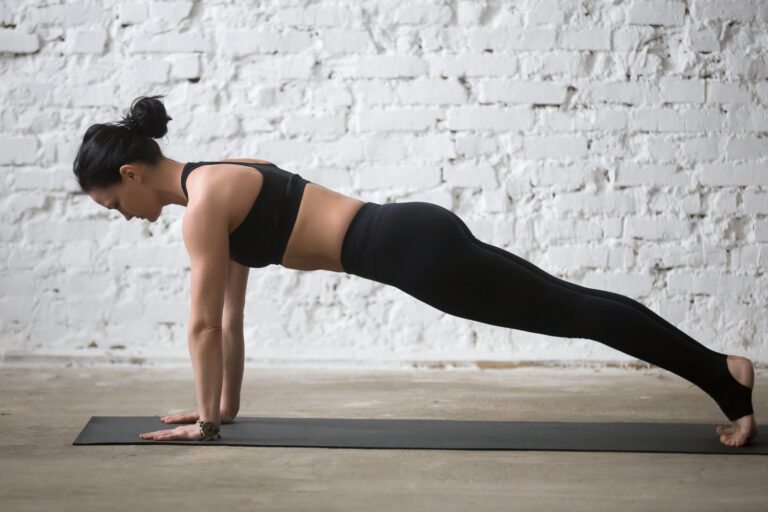What Do Reps And Sets Mean in a Workout Routine?

If you’re new to working out, the amount of information and new terminology can sometimes feel overwhelming. One concept you will come across frequently is “reps” and “sets.” These foundational concepts are key to structuring any fitness routine.
By understanding how to use reps and sets while working out, you can follow most routines, whether you’re aiming for strength, muscle growth, or endurance. Here, we explain what reps and sets are, why they matter, and how to use them effectively in your workouts.

What Are Reps In a Workout Routine?
“Reps” is short for “repetitions.” In the fitness world, this refers to the number of times you perform a specific exercise. For example, if you’re doing push-ups, one push-up equals one repetition. Similarly, one bicep curl is one rep, one squat is one rep, one pull-up is one rep, and so on.
You’ll often encounter reps in a strength training program, but they can also appear in cardio workouts. In this case, you might do four reps of 20-second sprints, or 10 reps of jumping jacks.
Reps are the building blocks of your workout and help you measure how much work you’re performing. Depending on the type of exercise, the weight you’re using, and your overall goals, you would complete a different amount of reps.
Why Do Rep Counts Matter?
- High Reps (12+ reps per set) are ideal for building muscular endurance.
- Moderate Reps (8-12 reps per set) are helpful when targeting muscle growth.
- Low Reps (1-6 per set) often involve heavy weight, and focus on building strength and power.
What Are Sets?
A “set” is a group of consecutive repetitions performed without a break. For instance, if you do 10 push-ups, rest, and then do 10 more, you’ve completed two sets of 10 reps each.
Sets allow you to structure your workout and determine the intensity and volume of your training. The number of sets you perform will depend on your fitness goals, experience level, and the type of exercise.
How to Combine Reps and Sets
Combining reps and sets is how you create a workout plan tailored to your goals. Here are a few examples:
- For Strength and Power: 3-5 sets of 3-6 reps with heavy weights.
- For Muscle Growth: 3-4 sets of 8-12 reps with moderate weights.
- For Endurance: 2-3 sets of 12-20 reps with lighter weights.
Rest Periods Between Sets
Rest periods are just as important as the reps and sets themselves. They give your muscles time to recover and help you maintain proper form and intensity. Here’s a general guide:
- Strength Training: Rest 2-5 minutes between sets.
- Muscle Growth: Rest 30-90 seconds between sets.
- Endurance: Rest 15-30 seconds between sets.
Why Reps and Sets Are Important
Reps and sets are a cornerstone of nearly every fitness program, and for good reason. Understanding these concepts can help you achieve the following:
- Track Your Progress: Reps and sets provide measurable metrics to gauge improvement. Start with manageable weights to build strength and avoid injury. Pay attention to how your body feels at the end of all your reps. If you’re barely able to make it through the last two reps or your form is suffering, that’s a sign to reduce your weight.
- Customize Your Workouts: Adjusting reps and sets allows you to target specific fitness goals.
- Prevent Overtraining: Properly structuring your workout ensures adequate recovery and reduces the risk of injury.







